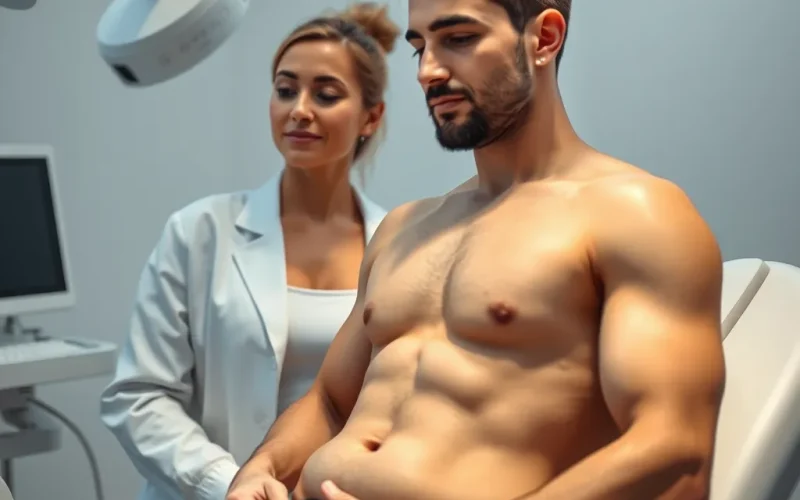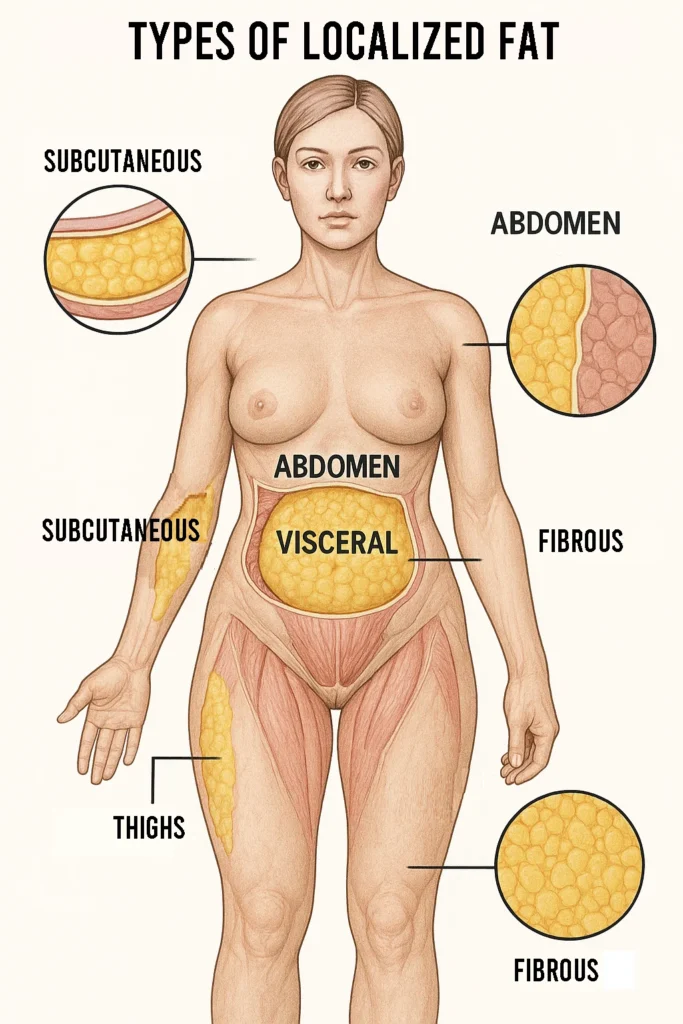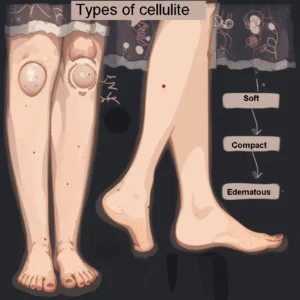

Types of localized fat: discover how to eliminate it
Types of localized fat: discover how to eliminate it with effective aesthetic equipment
Types of localized fat are an increasingly popular term, especially among those who want to improve their figure without necessarily resorting to invasive treatments. Although it may seem like a cosmetic problem without major implications, this condition affects both men and women. Furthermore, it can appear in different areas of the body, such as the abdomen, hips, thighs, and arms. For this reason, identifying the different types of fat and addressing them with the appropriate technology becomes essential to achieve visible, lasting, and safe results.
In this article, in addition to learning the main causes, you will also discover how to differentiate them and what device solutions can offer the best medium- and long-term results.
1. What is localized fat?

Localized fat is fat that accumulates in specific areas of the body and often does not disappear with diet or exercise, no matter how consistently you practice. In general, these accumulations are often influenced by hormonal and genetic factors, as well as lifestyle choices. Unlike general fat, this type of fat is more difficult to eliminate due to its resistant nature and specific location, which is why it requires an appropriate technical approach.
2. Types of Localized Fat According to Their Composition
There are different types of localized fat that vary according to their composition and behavior. They are detailed below:
- Subcutaneous fat: Found just under the skin. It is the most visible and softest to the touch, so it is usually easy to detect.
- Visceral fat: Surrounds internal organs such as the liver or intestines. Although not always visible to the naked eye, it is the most dangerous to health.
- Fibrous fat: More compact and difficult to treat. It usually appears in areas such as the hips or thighs and requires more powerful technologies for effective removal.
For all these reasons, correctly identifying the type of fat is vital before choosing the appropriate treatment, as not all technologies work the same for each case.
3. Common Causes of Localized Fat
Many factors can influence the appearance of localized fat. The main ones include:
- Poor diet, especially with excess sugar and trans fats
- Lack of regular physical activity
- Hormonal changes, especially in women
- Chronic stress, which increases cortisol levels
- Hereditary genetics, which predispose certain areas to accumulation
These causes, which often occur in combination, make it difficult to eliminate fat without professional help. Therefore, a comprehensive approach is key to success.
4. The Importance of Addressing Localized Fat with Technology
When diet and exercise aren’t enough, aesthetic devices become an excellent alternative. Thanks to the advanced technologies available today, it is possible to effectively treat different types of localized fat painlessly, without surgery, and with visible results in just a few sessions.
5. The Most Effective Technologies in Aesthetic Equipment
These are the most recommended by industry specialists:
- Cryolipolysis: Freezes fat cells to eliminate them naturally. It is ideal for treating subcutaneous fat in areas such as the abdomen or flanks.
- Ultracavitation: Emits ultrasonic waves that break down the membrane of fat cells. It is especially recommended for large areas.
- Radiofrequency: Heats the deep layers of the skin, helping not only to eliminate fat but also to firm the tissue, improving sagging.
- Lipolytic Laser: Dissolves fat using laser energy. Very effective for treating fibrous fat in localized areas.
Each technology has specific benefits depending on the type of fat and the area being treated, so a prior evaluation is essential.
6. Types of Localized Fat by Body Area
In addition to their composition, localized fat types are also classified according to the area where they accumulate. Some of the most common include:
- Abdomen: One of the most common areas, especially in men. It usually combines visceral and subcutaneous fat.
- Hips and thighs: Mainly in women, where fibrous fat predominates.
- Arms: They contain softer fat that responds well to radiofrequency.
- Back and flanks: These are areas with persistent fat, ideal for cryolipolysis treatments.
Each region requires an appropriate technique to ensure visible, long-lasting, and safe results.
7. Advantages of Equipment Over Other Treatments
Equipment offers numerous benefits over traditional surgery. Among them are:
- Non-invasive procedures, without incisions
- No recovery time or sick leave
- Progressive and natural results
- High safety and proven clinical efficacy
This makes it an ideal option for those seeking to eliminate localized fat without taking unnecessary risks.
8. Post-treatment care with equipment
After a session, it is important to follow certain recommendations to maintain the results obtained. Some of these are:
- Maintain a balanced, nutrient-rich diet
- Drink enough water to facilitate the elimination of toxins
- Engage in regular moderate physical activity
- Avoid alcohol and tobacco, which affect metabolism
These healthy habits significantly help prevent the reappearance of fat in treated areas, promoting sustainable results.
9. Myths about localized fat and its elimination
There are many misconceptions about the types of localized fat. Some of the most common myths, which are important to debunk, are:
- “It can be eliminated with sit-ups alone”: This is false, as it is not possible to reduce localized fat with exercise alone.
- “Fat turns into muscle”: This is also not true. Fat must be eliminated and muscle toned separately.
- “It only affects overweight people”: Even thin people can accumulate localized fat, especially due to hormonal or genetic factors.
Knowing the truth about these myths allows you to choose appropriate treatments and avoid frustrations in the process.
10. Professional Consultation: The First Step to Eliminating Localized Fat
Before starting any aesthetic procedure, it is essential to consult a specialist. Only a trained professional will be able to correctly identify the types of localized fat present in your body and suggest the most effective technology.
A personalized diagnosis is, without a doubt, the foundation for achieving real, safe, and satisfactory results.
Conclusion
Eliminating localized fat is no longer an impossible challenge, especially thanks to advances in aesthetic equipment. Therefore, correctly identifying the type and area of fat accumulation is key to choosing the most effective treatment. Modern technologies offer noninvasive, safe solutions with sustainable results. However, maintaining healthy habits remains essential to maintaining long-term benefits. If you’re considering improving your figure, the combination of professional diagnosis and appropriate technology can make a big difference.
Explore other related articles by clicking here and Visit the official website here




